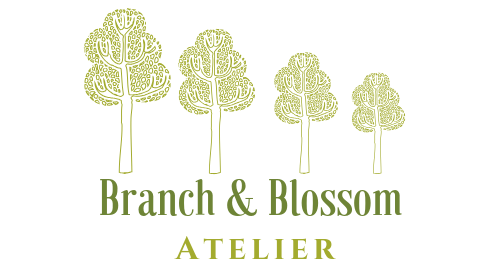Do you have a child between the ages of 3 and 5 years? Are you looking for a way to provide authentic, play-based learning opportunities while still meeting your child’s developmental needs?
Do you want to start Reggio-inspired project based learning, but don’t know where to begin? Are you looking for ways to provide the preschool experience at home? Or are you looking for a way to enrich your child’s learning in addition to their daily early childhood program?
THIS is the coaching group for YOU!
I want to help you set up engaging PLAY invitations
You may be on the fence about this next school year. This is one step you can be confident to take. Whether or not you send your child to preschool, or you keep them home, Atelier @ Home will help you provide meaningful and individualized learning experiences for your child.
What will I get for my $33 monthly investment?
* Weekly personalized calls. We will talk about your child’s interests and brainstorm invitations for exploration. I will guide you through a Reggio-inspired project with your child and will show you how to embed the weekly early learning standards into the project.
Why Jessica?
I have been studying early childhood education for 17 years. I was an intervention specialist in a public preschool, before transitioning to a preschool special education supervisor. During my time working in the public preschool classrooms, we implemented a Reggio-inspired approach. In 2017, I completed the University of Toledo doctoral program and earned my Ph.D. in curriculum and instruction with a focus in early childhood special education. For the past five years, I have served as an assistant professor at a state university in the early childhood program.
In the spring of 2019, I achieved a career-long dream of visiting Reggio Emilia, Italy.
I climb up on my soap box any chance I can get to advocate for children’s right to play. I know that many families are being faced with the tough decision of whether or not to send their child to preschool this year. Preschool may not be an option due to closures. I KNOW there are other options for “online preschool” or “packaged preschool curriculum” out there. I have seen it. I could whip one of those up, too. But, I would not be able to stand behind that. My teaching philosophy does not support cookie-cutter learning. I believe that each child is unique. That is why this program coaches the parents to meet the individual needs of your child.
How it works:
At the beginning of the month, we will meet for our first individual call where I will learn about your child. Together, you and I will begin to brainstorm directions for your child’s Reggio-inspired project. You will share with me the toys and materials you have in your home. I will coach you on ways to set up these materials in inviting play centers. Through our private Facebook group, you will receive weekly observation recording sheets. These will record how your child is authentically using that week’s standards during their play and project work. Each week, I will release 2 videos of me holding a read-aloud. These read-alouds will focus on that week’s standards. It is your choice whether or not you want to show these to your child or if you would like to recreate what I do with your own book and materials. Each month will feature 2 Q&A Facebook Live videos in the private group that you can participate in or watch the replay.
I can’t wait to start this journey with you! The Atelier @ Home program will give you the confidence you need to engage in play based learning with your child at home. You and I will team together to facilitate your child’s learning through a project that is individualized just for him/her!
Join Jessica’s Atelier @ Home September Group TODAY. It closes on the August 28






















